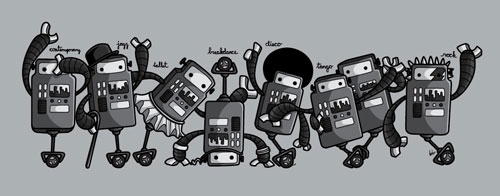
So what’s the difference between a robot, an android (or droid), and a cyborg? They are a staple of the science fiction genre – but it occured to me that if someone asked me, I wouldn’t actually know how to define what a “robot” is. So I looked it up.
“A robot is a mechanical or virtual artificial agent, usually an electro-mechanical machine that is guided by a computer program or electronic circuitry”, Wikipedia tells me. “Robots can be autonomous or semi-autonomous and range from humanoids such as Honda’s Advanced Step in Innovative Mobility (ASIMO) and TOSY’s TOSY Ping Pong Playing Robot (TOPIO) to industrial robots, medical operating robots, patent assist robots, dog therapy robots, collectively programmed swarm robots, UAV drones such as General Atomics MQ-1 Predator, and even microscopic nano robots.”
Unlike androids, a robot does not have to be designed to look human-like. And cyborgs are a mix of mechanic and organic parts – think Doctor Who’s cybermen. Yuch. Aha.
As the Wikipedia entry points out, robots are no longer restricted to fiction, science or otherwise. They are a perfect technological reality these days, and have been for a little while.
I imagine that most of those actual real existing robots look very little like some of the images I have found for this blog post. The history of robots goes back a long, long way — much beyond the beginnings of the last century, when an iconographic tradition for mechanical beings began to emerge: Mechanical Maria, the female shaped robot from Fritz Lang’s movie Metropolis, has spawned a long long line of progeny, and so have other movie mechs. See if you can spot them! Actual robot design, in turn, probably has sometimes been inspired by these imaginary mechanical men and women.

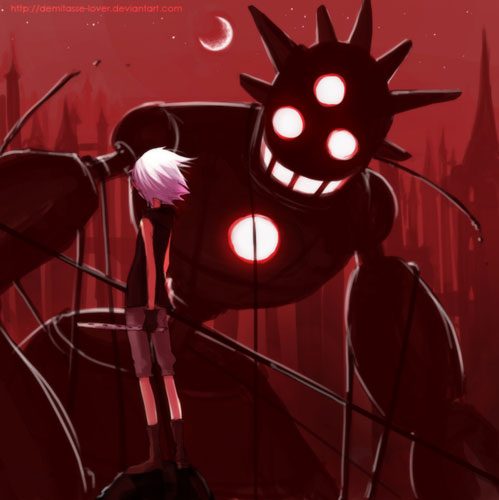

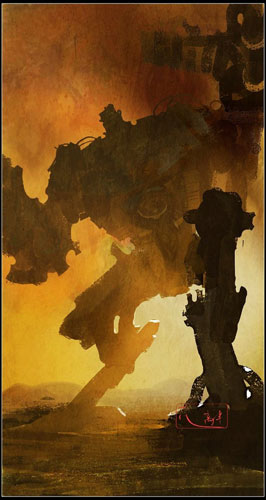
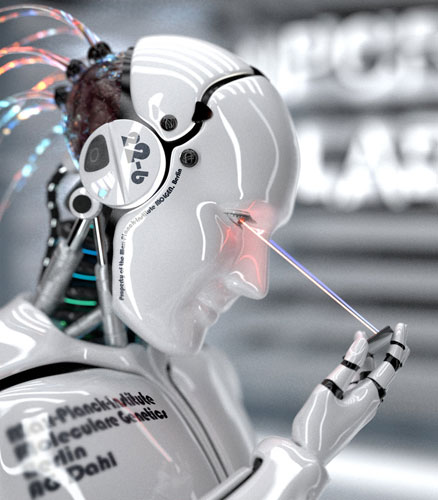
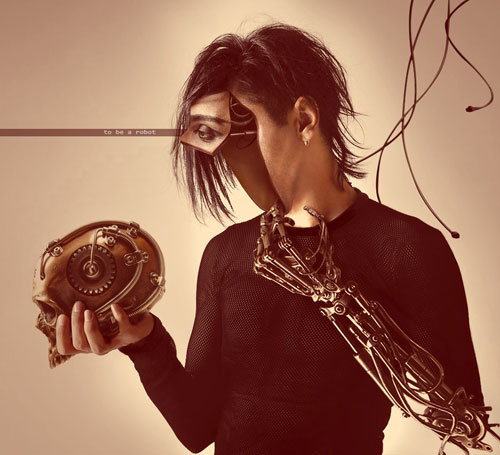







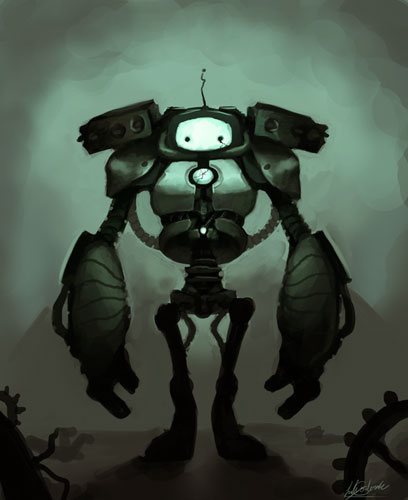


All images are copyright the respective artists, and may not be reproduced without permission.










